The role of Technology Evangelist or Developer Advocate has evolved from being a niche position to becoming mission-critical for tech companies worldwide. As organizations increasingly recognize the strategic value of fostering developer communities, the need for a structured competency framework becomes apparent. Building an effective core competency model for these professionals requires understanding the unique intersection of technical depth, communication skills, and community-building expertise they must possess.
The Multidimensional Nature of Developer Advocacy
Unlike traditional technical roles that focus primarily on coding or system architecture, developer advocates operate in a multidimensional space where technical prowess meets human connection. They serve as bridges between product teams and developer communities, translating complex technical concepts into accessible language while simultaneously channeling community feedback into product improvements. This dual responsibility creates a unique set of competency requirements that blend hard and soft skills in equal measure.
Successful developer advocates demonstrate what might be called "technical empathy" - the ability to understand both the engineering perspective and the human experience of using technology. They must maintain credibility with engineers while communicating effectively with non-technical stakeholders. This balancing act forms the foundation of their professional identity and differentiates them from other technical roles.
Technical Depth as Table Stakes
While communication skills often receive emphasis in discussions about developer advocacy, technical competence remains non-negotiable. Developer advocates must maintain hands-on experience with the technologies they represent, often needing to dive into code during workshops, debug issues in real-time during live coding sessions, or contribute meaningfully to technical discussions. Their technical skills serve as currency for earning trust within developer communities.
The nature of required technical expertise varies by organization and technology stack, but certain patterns emerge across successful advocates. They typically maintain strong fundamentals in their domain while staying current with ecosystem developments. Many continue to contribute to open source projects or build sample applications, not just as demonstration pieces but as genuine technical exercises that maintain their coding muscles.
The Art of Technical Storytelling
Beyond raw technical ability, effective developer advocates master the art of technical storytelling. This involves more than simply presenting information - it requires structuring technical content in ways that resonate with different audience types, from seasoned architects to junior developers exploring new technologies. The best advocates adapt their messaging dynamically based on audience cues, technical level, and learning styles.
Technical storytelling also encompasses the ability to create compelling narratives around technology adoption. This might involve crafting case studies that demonstrate real-world impact, designing tutorials that guide developers through progressive learning journeys, or developing metaphors that make abstract concepts tangible. The narrative dimension transforms dry technical content into engaging, memorable experiences.
Community Building as Strategic Imperative
At its core, developer advocacy revolves around community building - creating spaces where developers can learn, share, and collaborate. This requires a distinct set of competencies that go beyond traditional marketing or engineering skills. Successful community builders understand network effects, can identify and empower community leaders, and create inclusive environments that welcome diverse participants.
The community aspect also demands emotional intelligence and cultural awareness. Developer advocates often serve as the human face of technology organizations, requiring them to navigate complex interpersonal dynamics while representing corporate interests. They must balance authenticity with professionalism, especially when handling criticism or controversial technical debates within communities.
Measuring Impact Beyond Traditional Metrics
Building a competency model for developer advocates requires rethinking traditional performance metrics. Unlike sales roles with clear conversion targets or engineering roles with deliverable timelines, the impact of developer advocacy often manifests in indirect ways over extended periods. Effective competency models incorporate qualitative measures like community sentiment, influence within technical discussions, and ecosystem health indicators.
Some organizations track "developer love" as a key metric - measuring how positively developers feel about working with a particular technology or platform. Others focus on contribution velocity from external developers or reductions in support queries as indicators of effective advocacy. The competency model should reflect these nuanced success measures while providing clear growth pathways for professionals in the field.
Continuous Learning as Core Competency
In a field where technologies and communities evolve rapidly, continuous learning emerges not just as a professional development activity but as a core competency itself. Effective developer advocates demonstrate systematic approaches to staying current - whether through structured learning plans, participation in beta programs, or maintaining active peer networks for knowledge exchange.
This learning orientation extends beyond technical topics to include adjacent areas like educational psychology (for better workshop design), community management best practices, and even basic product marketing principles. The most successful advocates approach their role with intellectual curiosity and humility, recognizing that mastery requires ongoing effort in multiple domains.
Balancing Corporate and Community Interests
A particularly delicate competency area involves navigating the tension between corporate objectives and community needs. Developer advocates often find themselves in the middle - advocating for developer needs internally while explaining corporate decisions externally. This requires diplomatic skills, political savvy within the organization, and the ability to communicate tough messages with tact.
The best advocates develop strategies for creating win-win scenarios where business goals and developer needs align. They become skilled at translating between corporate-speak and developer-speak, helping each side understand the other's perspective. This mediation role, when performed effectively, can significantly accelerate technology adoption while maintaining community trust.
Adapting the Model to Organizational Context
While core competencies remain consistent across many developer advocacy roles, effective models allow for customization based on organizational context. A developer advocate at an early-stage startup focusing on API adoption requires slightly different competencies than one working on an established cloud platform with millions of users. The model should serve as a flexible framework rather than a rigid checklist.
Organizations building their competency models should consider factors like technology maturity, target developer personas, and go-to-market strategy when weighting different competency areas. Regular reviews and adjustments ensure the model remains relevant as both the technology and community evolve over time.
The Future of Developer Advocacy Competencies
As the field matures, we can expect developer advocacy competency models to incorporate emerging skill areas like data-driven community analysis, multimedia content creation, and even basic behavioral psychology principles. The rise of AI-assisted development tools may create new dimensions for advocates to master, particularly around demonstrating and guiding effective human-AI collaboration in coding workflows.
What remains constant is the need for advocates to combine technical credibility with human connection skills. The most effective competency models will continue to recognize and nurture this unique professional hybrid, creating pathways for developer advocates to grow while delivering increasing value to both their organizations and the communities they serve.

By /Jul 11, 2025
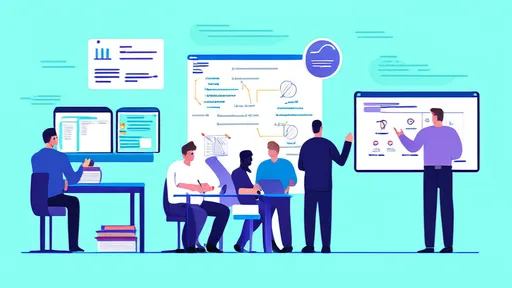
By /Jul 11, 2025
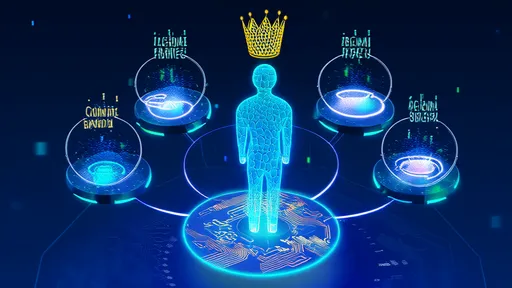
By /Jul 11, 2025
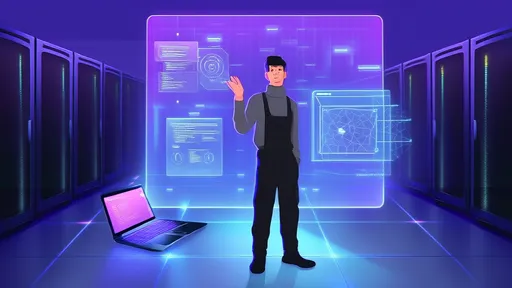
By /Jul 11, 2025

By /Jul 11, 2025
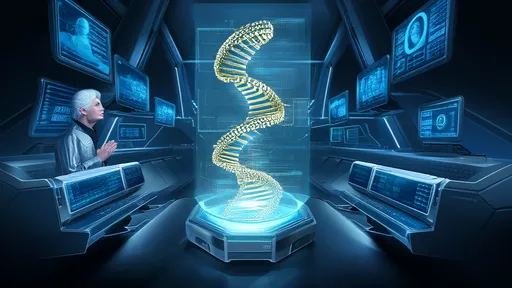
By /Jul 11, 2025
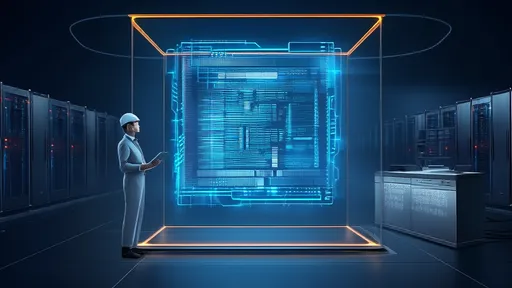
By /Jul 11, 2025
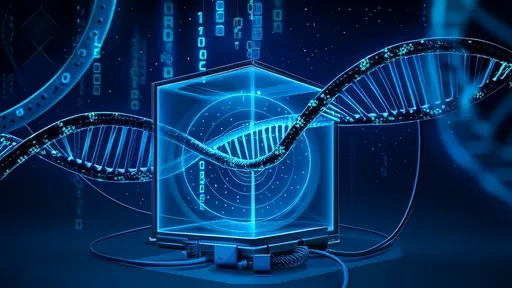
By /Jul 11, 2025

By /Jul 11, 2025

By /Jul 11, 2025

By /Jul 11, 2025

By /Jul 11, 2025
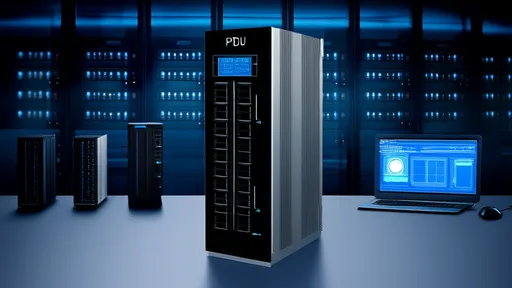
By /Jul 11, 2025
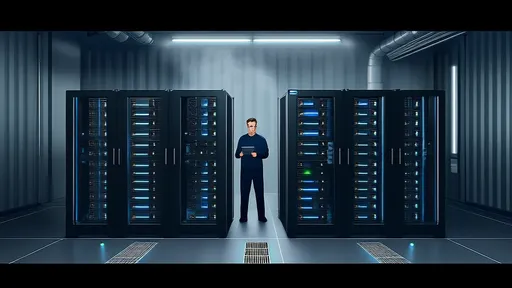
By /Jul 11, 2025

By /Jul 11, 2025
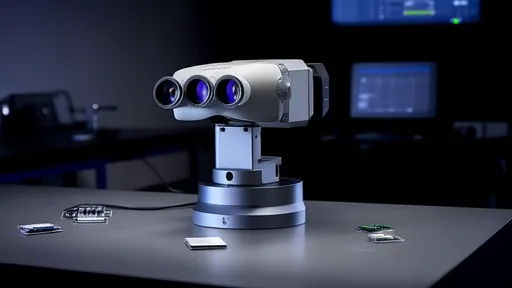
By /Jul 11, 2025

By /Jul 11, 2025

By /Jul 11, 2025